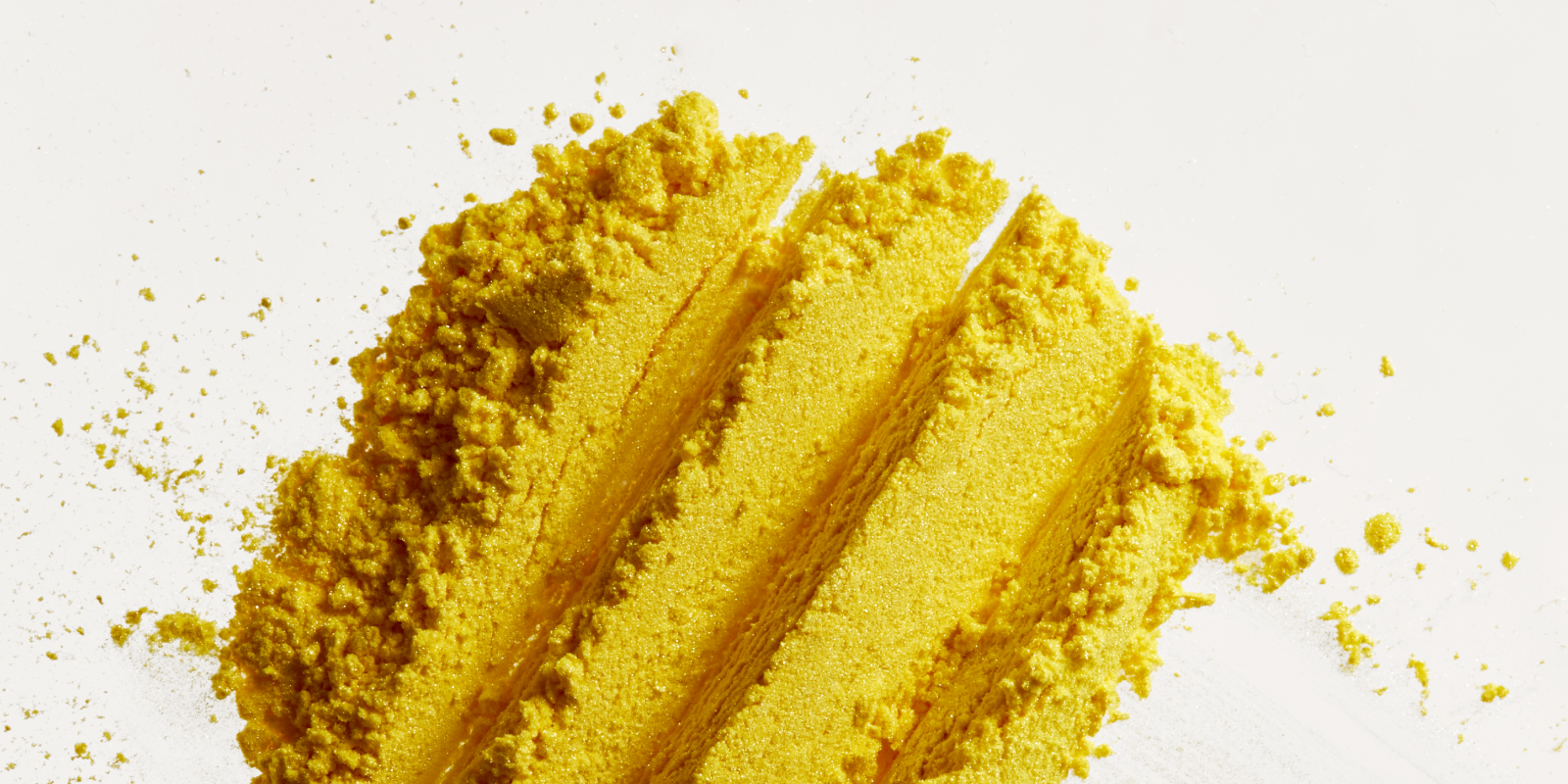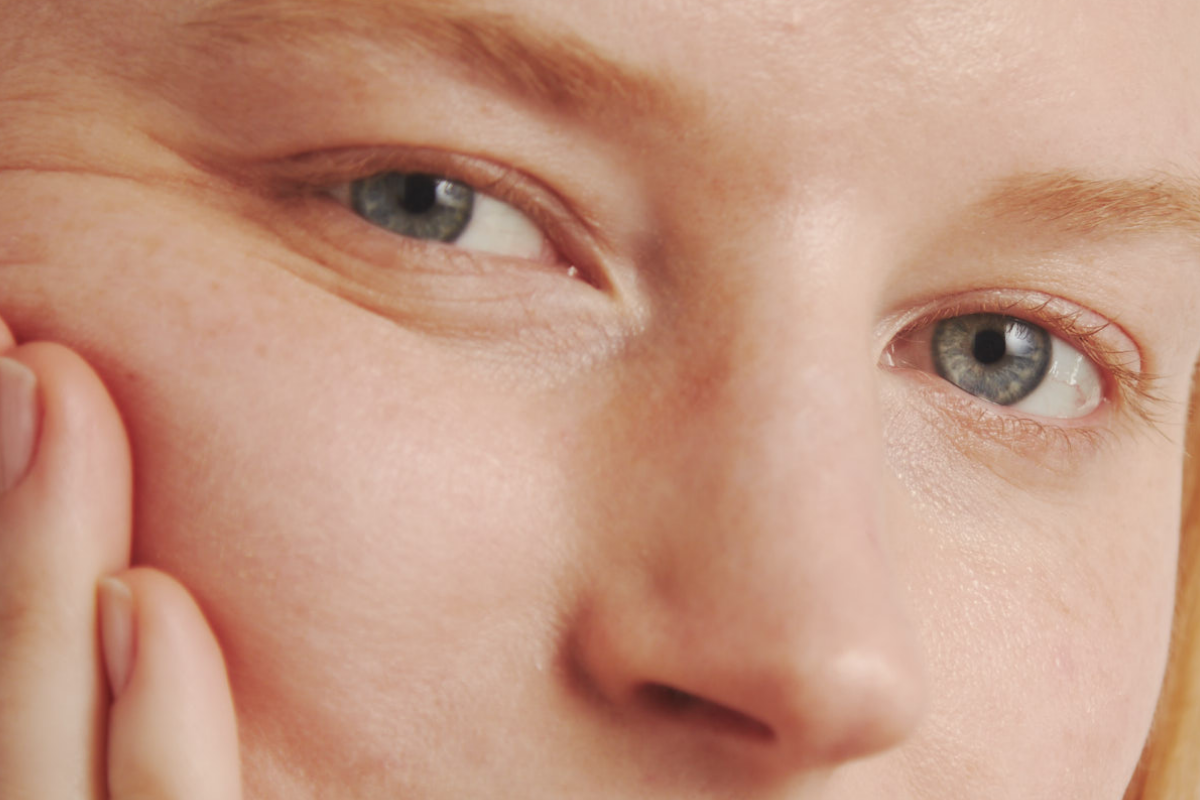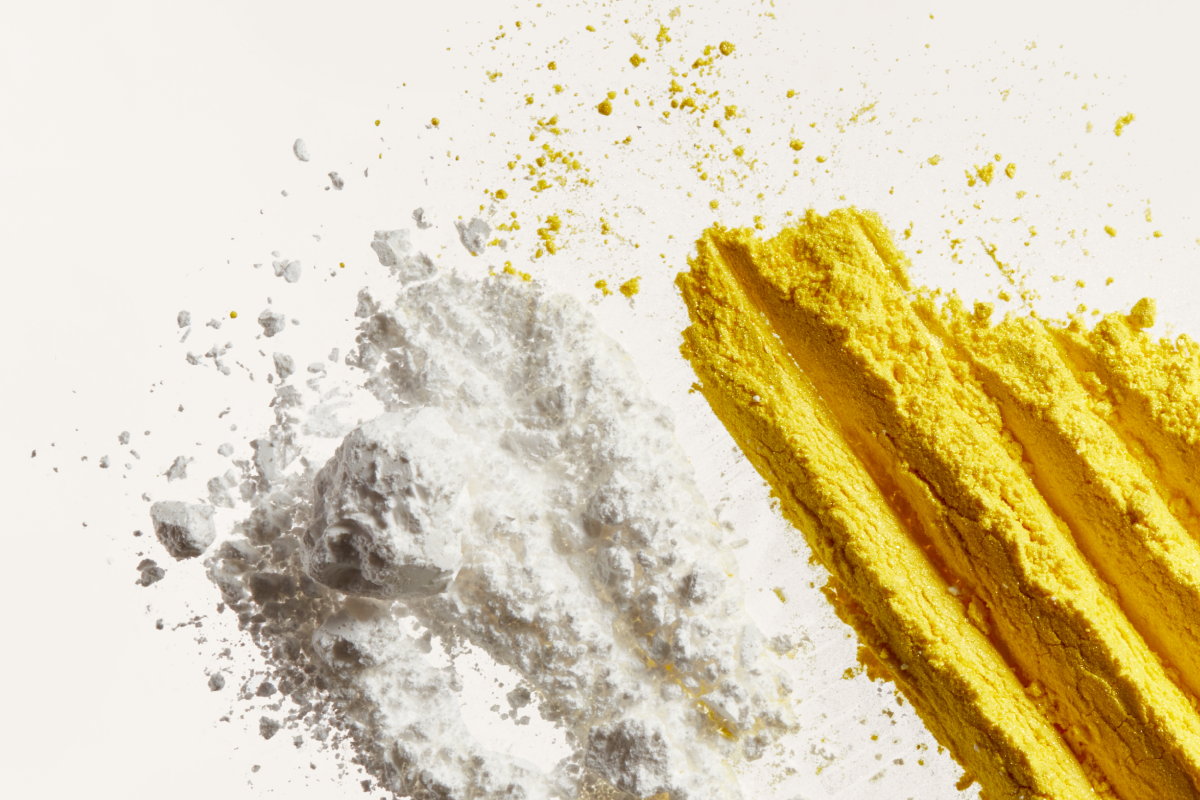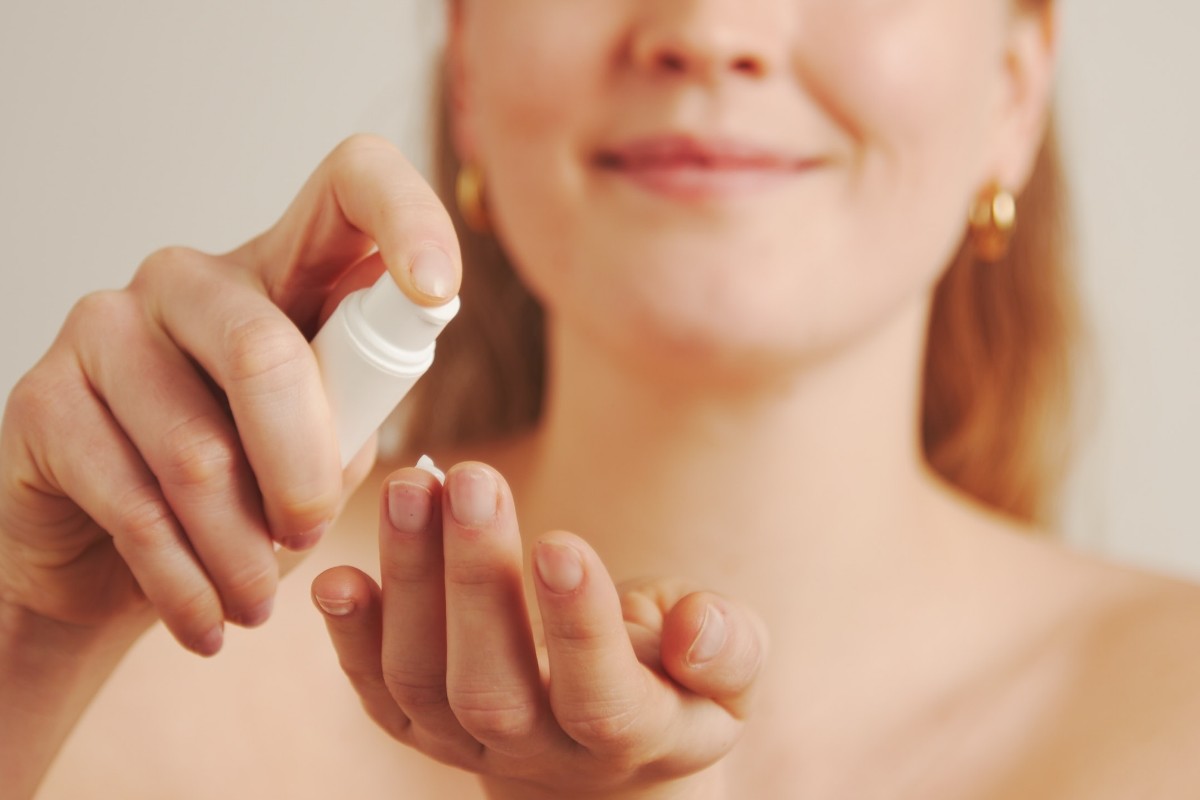Over the past decade, ‘retinoid’ has become one of skincare’s biggest buzzwords. Whether you’re new to skincare, or you class yourself as a total reti-nerd, there are always a few need-to-knows when it comes to using powerful ingredients to tackle problem areas on your face.
One of the big questions we get asked at Dermatica, for example, is the difference between tretinoin and Retin A, two big names in the skincare game. Here’s the lowdown.
Tretinoin vs Retin A
There is no battle between tretinoin and Retin A – they’re the same product! Retin A is a brand name and tretinoin is the active ingredient.
What are retinoids?
All retinoids are derived from Vitamin A. It’s well known that absorbing enough Vitamin A is vital for skin health, but the path to regular topical retinoid use in skincare was a long one. Retinoids were first used in a scientific study to combat acne in the 1940s, and they didn’t become widely available for purchase in skin products until the 1980s.
Now that they’re on the map, though, retinoids have really taken off. And it’s hardly surprising, given their capabilities. Retinoids are recommended for all kinds of skin complaints, from banishing blackheads to reducing the appearance of scars, but they’re perhaps best known as acne-busting, anti-ageing ingredients. They work by increasing the speed at which skin cells regenerate, unclogging pores and revealing a brighter, more youthful complexion – in other words, they give you healthy, glowing skin.
Is tretinoin the most effective retinoid?
Scientists say that tretinoin is the most potent retinoid, which is partly why you need a prescription to get it. To put the potency into perspective, it’s 20 times more potent than over-the-counter retinols. With tretinoin, you get all of the benefits you might have experienced from other retinoid skincare, only boosted.
Who should use tretinoin?
As well as giving you that coveted retinoid glow, tretinoin benefits all sorts of acne-related skin conditions. You can use it for:
Acne
Tretinoin effectively treats and prevents acne. At its root, acne is simply hair follicles blocked with excess sebum, dead skin cells and aggravating bacteria. When combined, these factors create pimples. Tretinoin boosts the body’s ability to regenerate skin cells and improves exfoliation, which helps to clear the follicles; it also makes follicles smaller, which might even reduce the amount of sebum produced. It not only improves the appearance of acne, but it’s preventative, too, and can be used as part of an ongoing maintenance programme for the skin. At Dermatica, we typically recommend trying adapelene first, as this retinoid is better suited to most skin types, particularly those that are sensitive.
Blackheads
Due to its regenerative properties, tretinoin is also popular when it comes to eradicating blackheads. Also known as ‘open comedones’, blackheads are formed when pores become clogged with sebum and the melanin at the top of them is oxidised. Tretinoin actively expels the material in the pores, and prevents new blackheads from forming. In turn, this creates tighter, smaller looking pores, as it allows pores to return to their usual size.
Scars
While whiteheads and blackheads are the primary issues associated with acne, the cycle doesn’t stop there. Scarring is often a secondary complication, and can have a negative impact on acne sufferers’ self esteem. Luckily, in studies where tretinoin was used to treat atrophic acne scarring, the results were promising – newer and more shallow scars are most receptive to treatment, as treating the acne early can prevent scar tissue from forming in some cases.
Hyperpigmentation
Hyperpigmentation is another collateral effect of acne, often experienced by people with darker skin tones. After an initial pimple clears, skin at risk of hyperpigmentation may produce excess melanin, leaving a dark spot in the same place. It’s especially effective when combined with other active ingredients.
How should I use tretinoin?
You should use tretinoin as part of a complete, targeted skincare routine, as directed by an expert. When it comes to dosage, we recommend the ‘low and slow’ approach, and it’s likely your prescriber will, too. This involves a little patience – we call it a ‘retinoid ladder’. You’ll start by applying the cream twice a week for two weeks, then moving up to applying it every other night for the next two, and by week five, most people find they are able to use it every night. This might seem like a slow process, but continued tretinoin use delivers real, long-lasting results, so bear with it. As it’s a powerful product, it should be used gradually, so we advise starting with a low percentage, such as Tretinoin cream 0.025, and building your tolerance up to Tretinoin cream 0.05 and beyond, if necessary.
Will there be side effects when I use tretinoin?
Adding any new skincare ingredient to your routine can have side effects, and tretinoin is no different. Actually, when you start using any retinoid, your skin can be subject to a period of ‘retinisation’, which can last for around four weeks while your skin gets used to your new products. You might experience redness, tingling, itchiness or dryness in this first month, but these effects are entirely normal, and should subside. It’s important to note that, as everyone’s skin is different, it’s also perfectly normal to experience no irritation at all — this doesn’t mean your tretinoin isn’t working!
To avoid irritation, it can help to prep your skin with a simple cleanser, making sure to dry your face completely before you apply your tretinoin treatment, as any residual dampness can exacerbate irritation. You can find more tips to reduce any potential irritation here, or on your Dermatica dashboard.
So how can I try tretinoin?
Lots of retinoids can be bought over the counter – but not tretinoin. Due to its potency, it’s prescription only, which means you’ll need to be assessed by an expert before you can try it. This doesn’t have to mean expensive in-person appointments, however; tretinoin can be accessed through online prescription services like Dermatica.
If you haven’t already, start a free online consultation today and find out if tretinoin is right for you.
Dr Catriona Maybury
Dr Catriona Maybury is a Consultant Dermatologist, working as Medical Lead for Dermatica and at St George’s Hospital in London. Catriona completed her specialty training at St John’s Institute of Dermatology in London. Catriona has a special interest in medical dermatology, completing a PhD in liver fibrosis amongst psoriasis patients at King’s College London. Catriona is a certified coach and worked as Dermatology Section Editor for the British Medical Journal.
Related Posts
December 22, 2022
0 Comments17 Minutes




